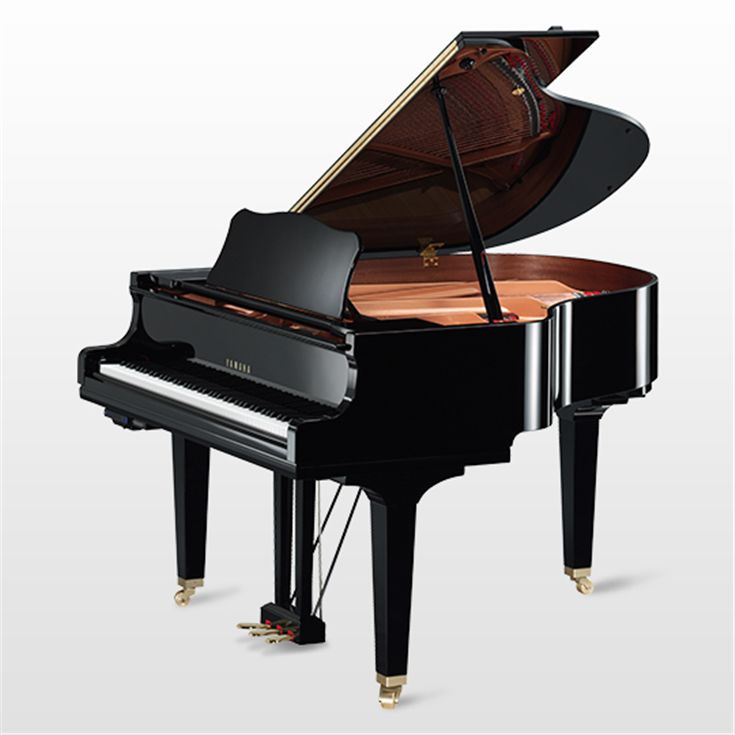
Translation of the original text by Couperin : When playing before a group, it is best to look at the company that has gathered, and not appear preoccupied. His method was first published in 1716 and then in 1717, the only change being the spelling of "Roy" changed to "Roi" on the cover. Composer, player and teacher in the court of Kings Louis XIV and Louis XV, François Couperin was one of the best harpsichord players in France during the eighteenth century. Fig.1 Cover and sample of the facsimile of François Couperin's method. However, these remarks are not enough to be able offer to the public today historically documented musical instruments, in terms of voicing and performance. He emphasizes that, in any case, it is essential for performers "to play on a well-feathered instrument". He summarizes the problem in a few words in his famous method The Art of Touching the Harpsichord released in 1717, urging young students to use "lightly-feathered, as this point is of infinite consequence" (see Fig.1). François Couperin, "Organiste du Roy" (king's organist), is one of the few known historical sources. 327 326 The project originated partly due to the proven lack of material elements and historical sources about the excitation system of the harpsichord string-plectrum in feather of goose, crow or other species-and about the musical voicing.

As an example of the methodologies used, we consider the voicing of harpsichord plectra and the wood species of woodwind instruments. The paper presents studies about plucked and woodwind instruments as separate sections, as these two instrument families exhibit different technical aspects and instrument-making decisions. The multidisciplinary methodology used here (mixing acoustics, history, organology and perception) allows us to go beyond limitations due to classical descriptive approaches. This paper is a step towards a better understanding of the choices made by instrument-makers of the past. A mechanical and acoustical approach applied to cultural heritage objects allows us to extract objective information by non-invasive means: in situ measurements, observations, modelling. In particular, some material or assembly choices and instrument-maker adjustments are not really known and, using the sample instrument, we have to infer this knowledge. Nevertheless, being able to copy an instrument does not mean being able to understand the original meaning and purpose of the instrument. In order to bring these sounds from the past back to life, facsimiles are made by contemporary makers through the study of cultural heritage instruments and their documentation (archives, paintings). For preservation reasons, most of the musical instruments kept in public collections (e.g., in museums) are no longer played.

Depending on geography and epoch, these optimizations have followed or boosted the evolution of music itself, as instrument-making choices, playing techniques and sound aesthetics are greatly intertwined. Musical instruments can be considered objects that have been empirically optimized for centuries.



 0 kommentar(er)
0 kommentar(er)
